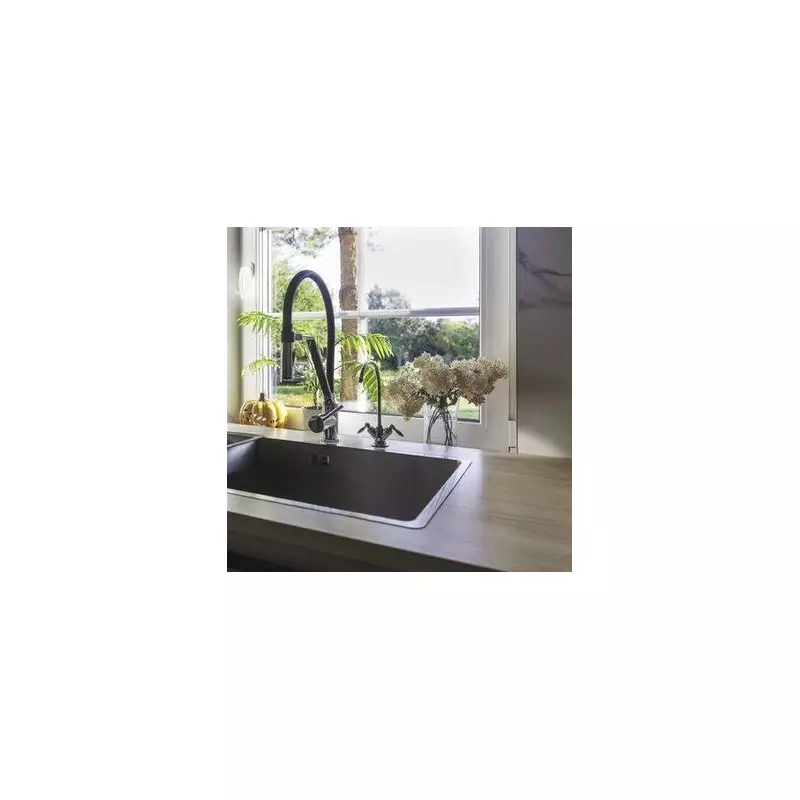
Families across the UK are being urged to immediately reconsider how they use their kitchen sponges, following a stark health warning from experts. What many assume is a tool for cleanliness could, in fact, be a significant source of germs and health risks in the home.
The Hidden Danger in Your Sink
Despite the common belief that washing up leaves everything spick and span, the humble kitchen sponge could be having the reverse effect. Reports indicate that if not properly cleaned or replaced frequently, this everyday item poses a genuine health risk.
The threat is amplified during the chilly winter months as more families cook hot meals indoors, increasing the potential for foodborne illnesses. Cross-contamination occurs when food touches a germ-ridden surface, such as a dirty chopping board, cloth, or, crucially, an unsanitised sponge.
Shocking Bacterial Levels Revealed
The scale of the problem is alarming. Some studies have discovered that used kitchen sponges can carry more bacteria than a toilet seat. If you use the same sponge to wash dishes, wipe down surfaces, and mop up spills, it is likely harbouring far more dirt and pathogens than you realise.
Life insurance experts at Life Pro confirm that while it is safe to use a sponge in the kitchen, proper maintenance is non-negotiable. Simply rinsing it under the tap is entirely insufficient for eliminating dangerous bacteria.
How to Properly Clean Your Sponge
To keep your kitchen safe, experts recommend using high-temperature cleaning methods or disinfecting solutions. Here are the most effective techniques:
- Dishwasher Method: Place the sponge on the top rack and run a full cycle at a high temperature. Tests show this can eliminate up to 99.9% of bacteria when done correctly.
- Microwave Method: Wet the sponge to prevent a fire hazard, place it on a microwave-safe plate, and heat on high for one minute. Ensure the sponge contains no metal. Let it sit for ten minutes afterwards so the steam can continue killing germs.
- Bleach Solution: Soak the sponge in a mixture of half a teaspoon of concentrated bleach and one quart of warm water. Leave it for one minute, then squeeze it out and allow it to air dry completely.
Drying sponges thoroughly is also essential, as a damp sponge will actively attract more bacteria. Neglecting these cleaning routines allows harmful bacteria to spread across dishes, worktops, and food, leading to unnecessary health risks for your entire household.





